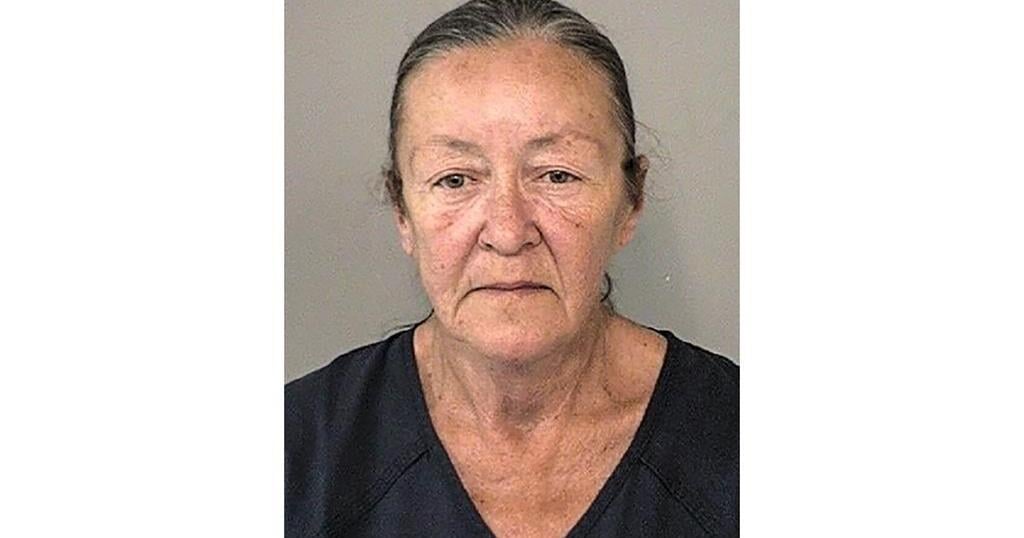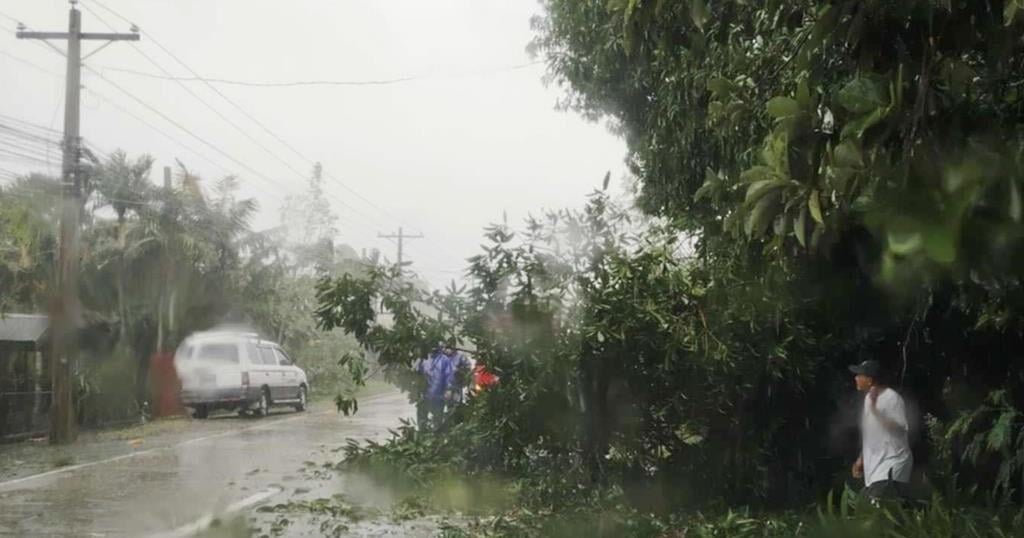FORT LAUDERDALE, Fla. (AP) — A former babysitter pleaded guilty to manslaughter Wednesday for the 2019 death of a man she was accused of disabling as an infant 40 years ago.
Terry McKirchy, 62, accepted a plea deal for the death of Benjamin Dowling, who died at 35 after a life of severe disabilities caused by a brain hemorrhage he suffered in 1984 when he was 5 months old while at McKirchy’s suburban Fort Lauderdale home. Investigators believed she caused the injury by shaking him.
In a letter of apology read to Dowling’s parents by her attorney, assistant public defender David Fry, McKirchy said she was feeling overwhelmed and exhausted by taking care of numerous children and struck him, causing his injuries.
McKirchy, who now lives in Sugar Land, Texas, was indicted with first-degree murder by a Broward County grand jury three years ago after an autopsy concluded Dowling died from his decades-old injuries. He never crawled, walked, talked or fed himself, his family has said.
She voluntarily entered the Broward County Jail on May 29 after having been free on $100,000 bail since shortly after her indictment.
This isn’t the first time McKirchy has taken a deal in connection with Dowling’s injuries, receiving an exceptionally light sentence after pleading no contest to attempted murder in 1985. Then six months pregnant with her third child and facing 12 to 17 years in prison, she was sentenced to weekends in jail until giving birth. She was then freed and put on probation for three years.
At the time, she insisted she was innocent, telling reporters that her “conscience is clear.” She said then that she took the deal because wanted to put the case behind her and be with her children.
Prosecutors called the sentence “therapeutic” but didn’t explain at the time. Ryal Gaudiosi, then McKirchy’s public defender, said the sentence was “fair under the circumstances.” He died in 2009.
Rae and Joe Dowling had been married four years when Benjamin was born Jan. 13, 1984. Both Dowlings worked, so they hired McKirchy, then 22, to babysit him at her home.
Rae Dowling told investigators that when she picked up Benjamin from McKirchy on July 3, 1984, his body was limp and his fists were clenched. She rushed him to the hospital, where doctors concluded he had suffered a brain hemorrhage from severe shaking. McKirchy was arrested within days.
The Dowlings told reporters in 1985 they were stunned when prosecutors told them minutes before a court hearing of the plea deal McKirchy would receive.
The Dowlings said in a 2021 statement that Benjamin endured several surgeries in his life, including having metal rods placed along his spine. He got nourishment through a feeding tube and attended rehab and special schools. The Dowlings had two more children and would take Benjamin to their games and performances. The family moved to Florida’s Gulf Coast in the late 1990s. He died at their home on Sept. 16, 2019.
“Benjamin would never know how much he was loved and could never tell others of his love for them,” they said. “Benjamin did smile when he was around his family, although he could never verbalize anything, we believe he knew who we were and that we were working hard to help him.”
Shaken baby syndrome first gained national attention in the 1970s as an explanation for the sudden deaths of infants and young children who had no outward signs of abuse. It would be diagnosed if the child had swelling of the brain, bleeding on the brain’s surface and bleeding behind the retinas.
But over the past 25 years, research has shown that those symptoms can also be caused by genetic problems, disease and accidents. The University of Michigan’s National Registry of Exonerations lists 29 shaken baby convictions that have been overturned since 2000.
The American Academy of Pediatrics, which now uses the term “abusive head trauma,” says about 1 in 3,000 babies under 1 are abused annually by shaking and about a quarter of those are fatally injured.
It says doctors should be alert to bruising of the torso, ears and neck in children under 4 years old and any bruising in infants younger than 4 months as signs of possible shaking.






















